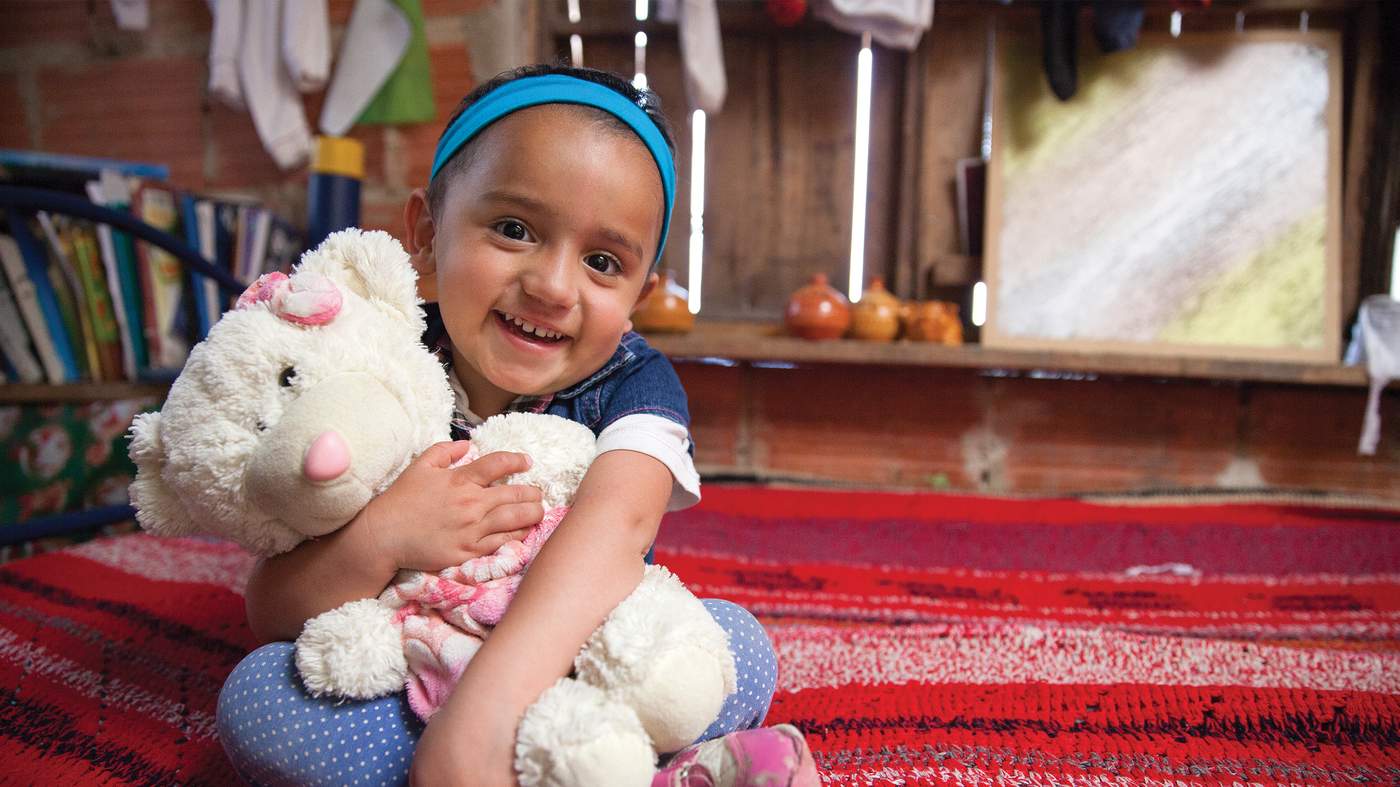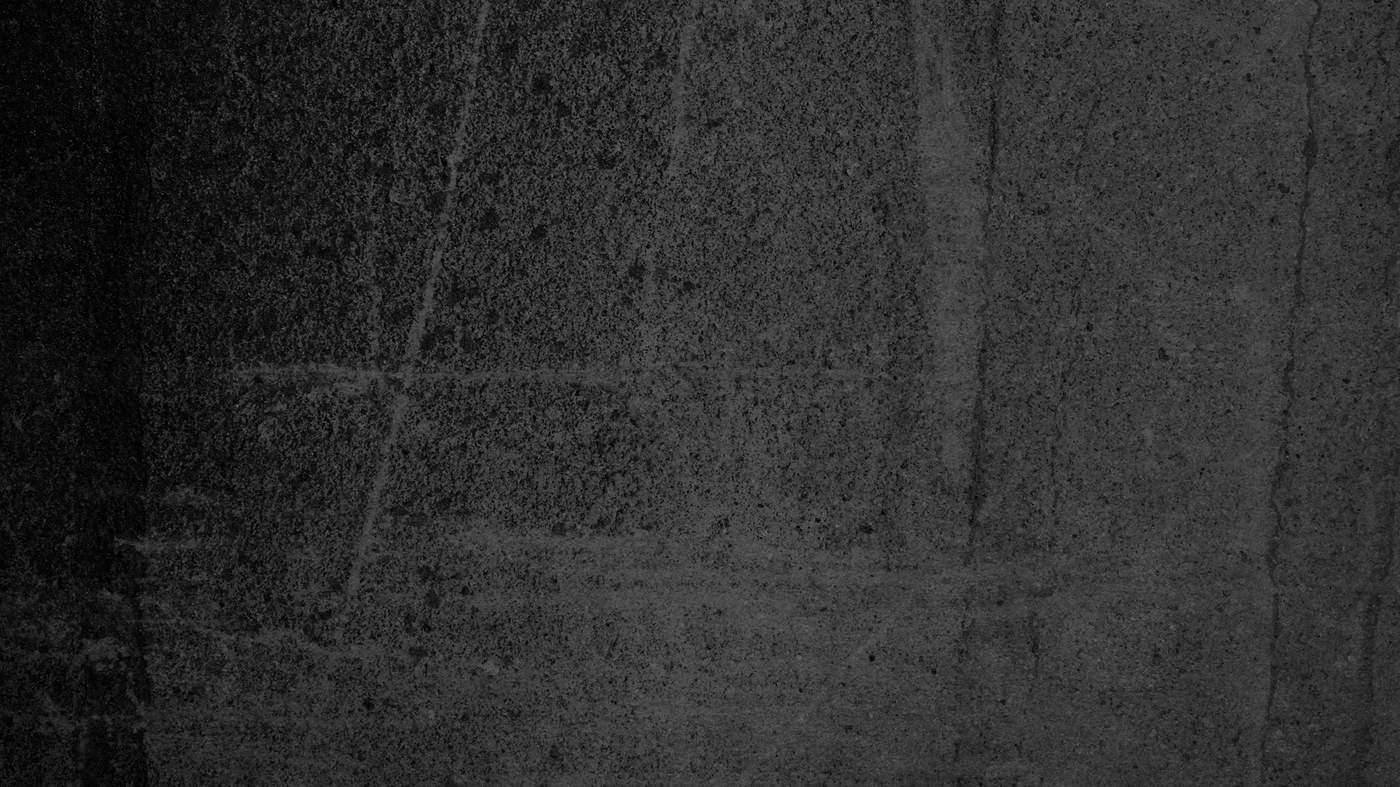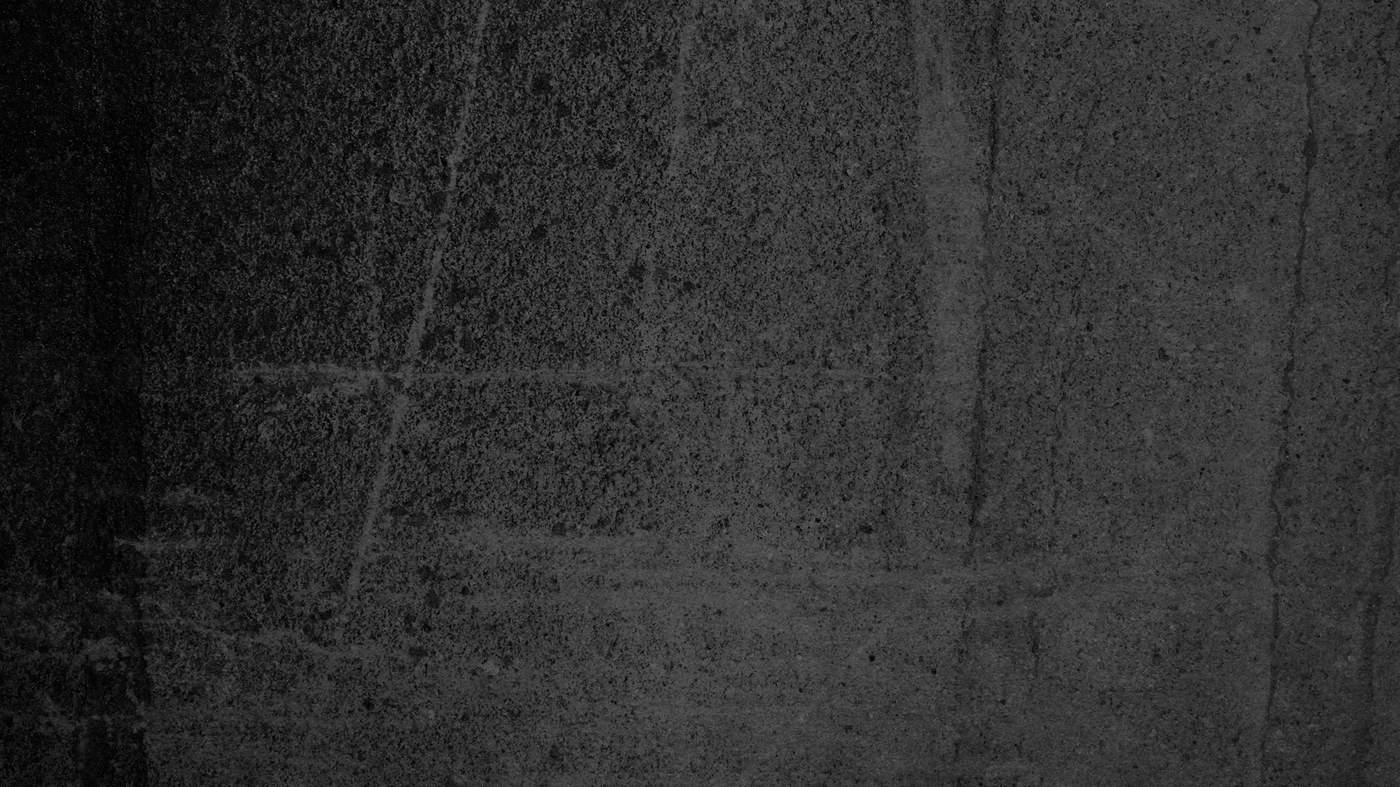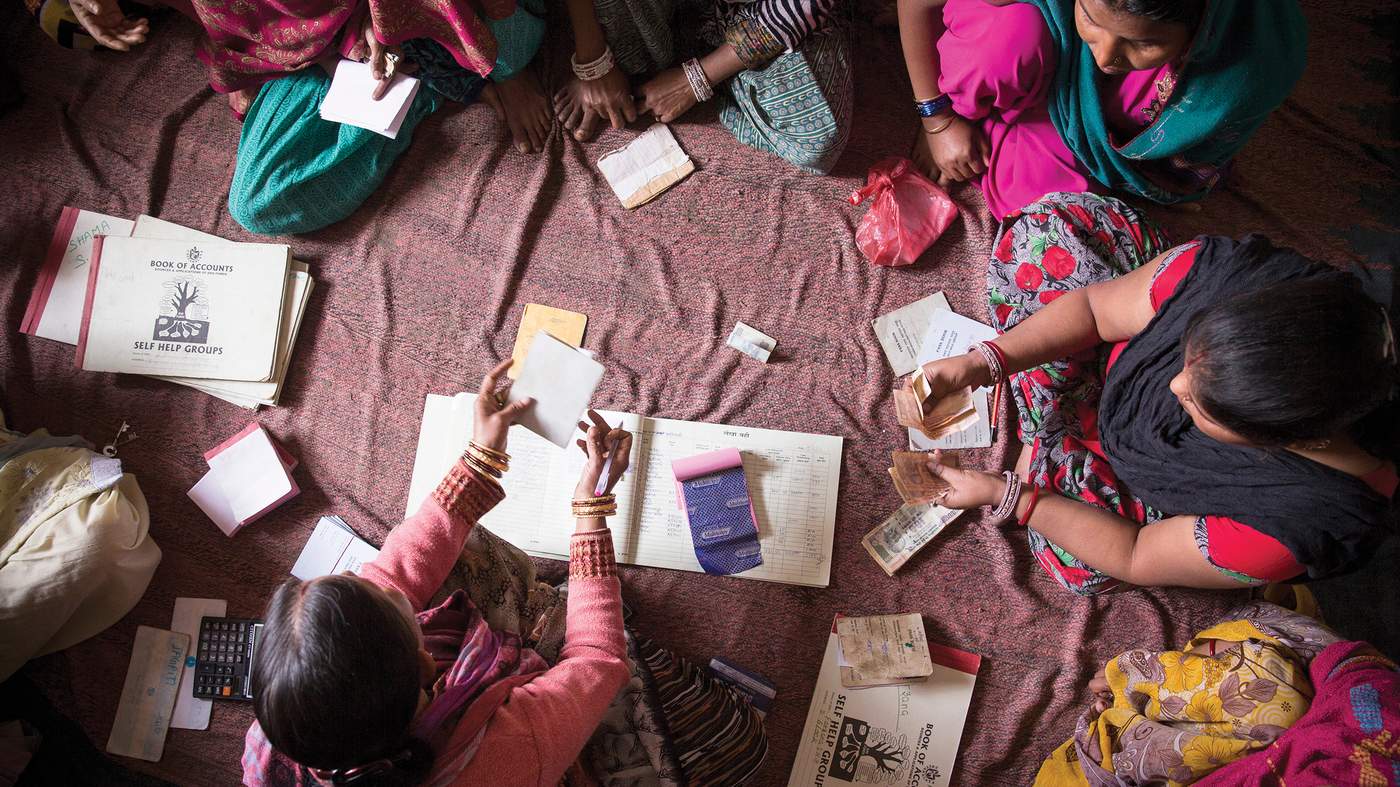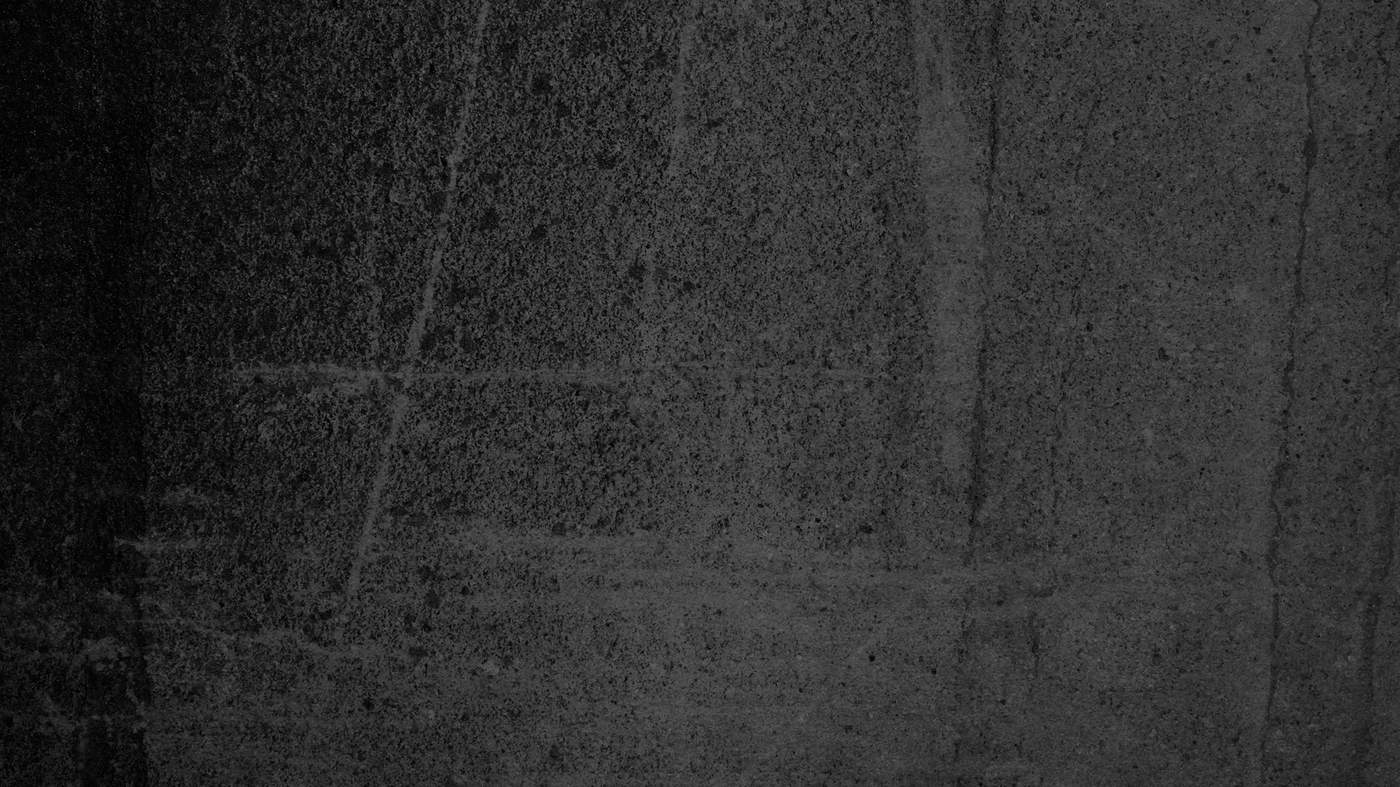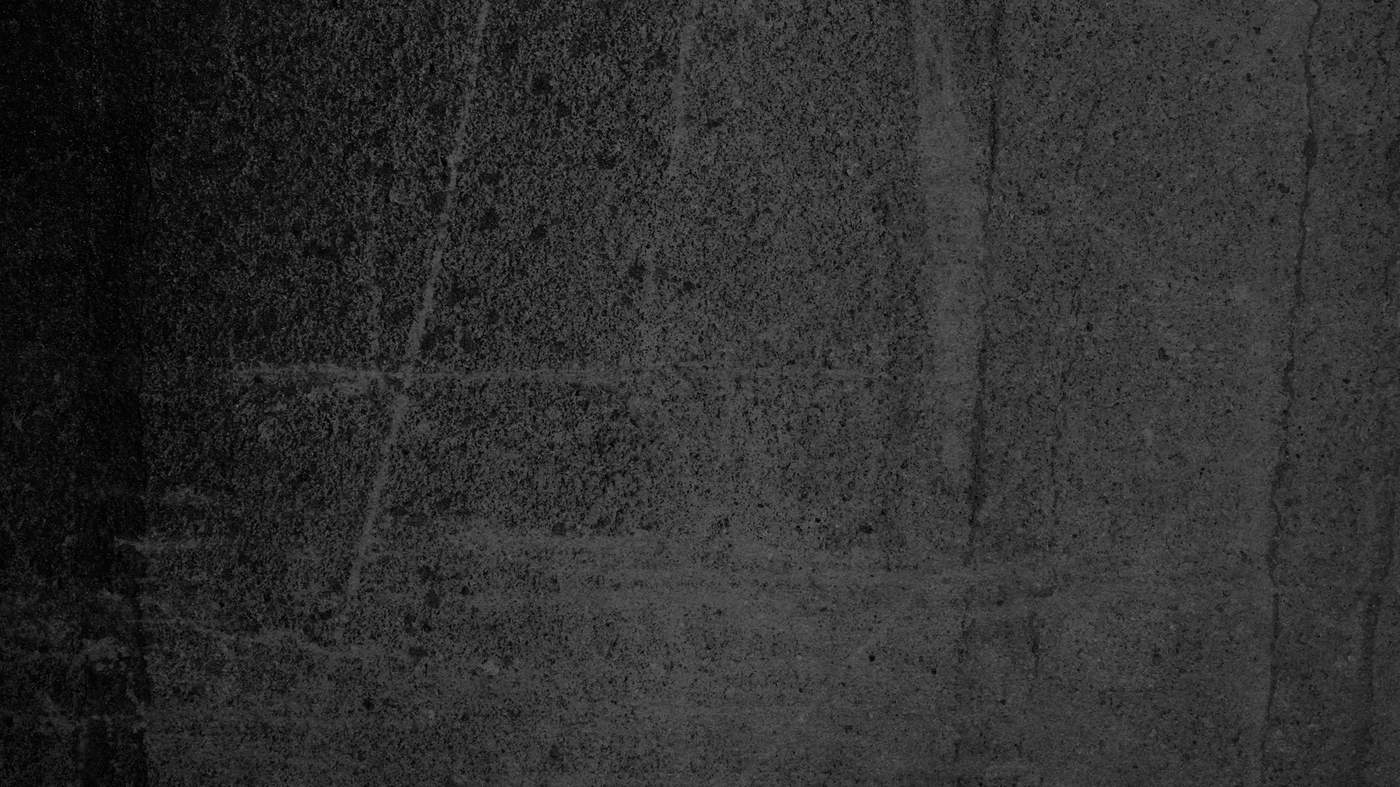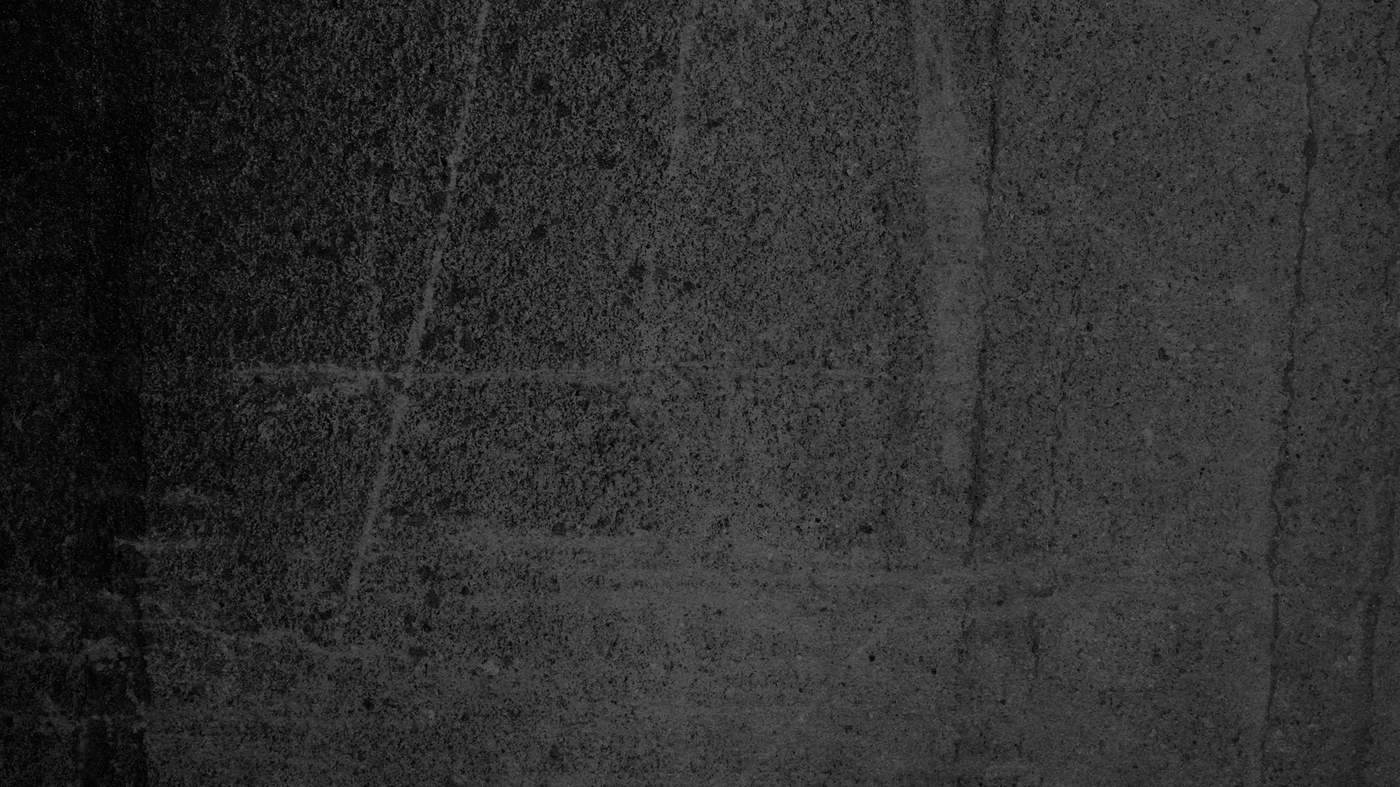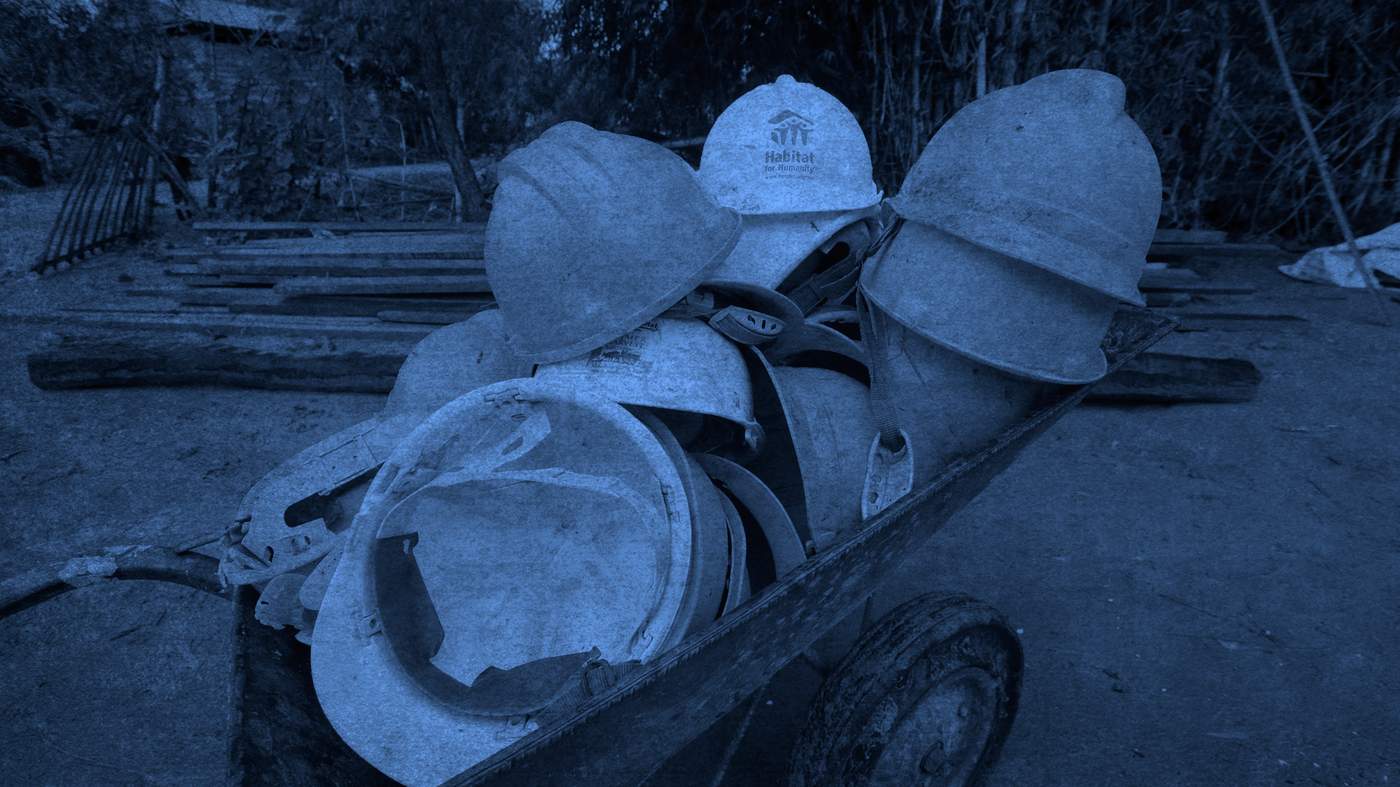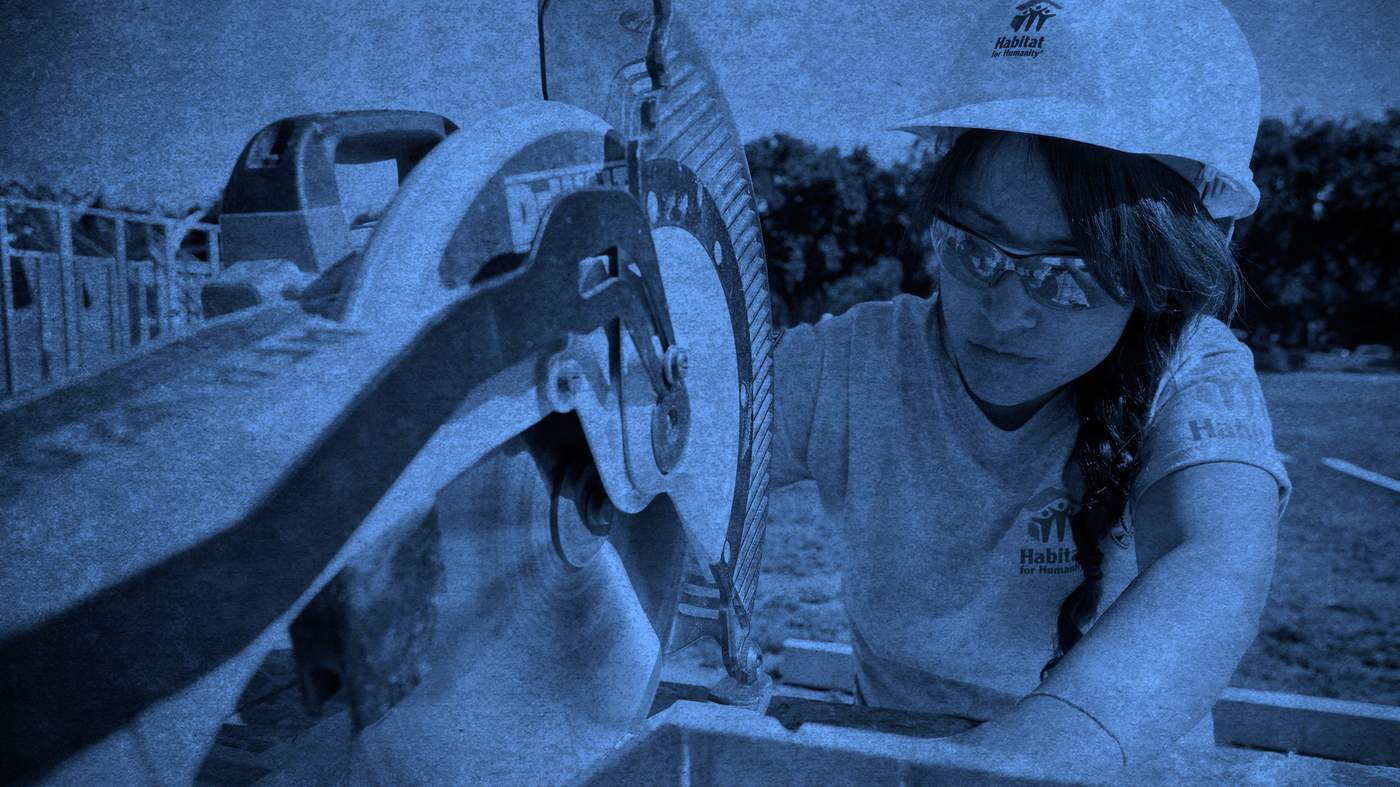Together, we build better lives around the world.
In almost 40 years of helping families improve their housing situations, we at Habitat for Humanity have seen firsthand how critical housing is to families and to communities. We realized from the beginning that when we build structures, we are also building dignity, hope and opportunity. It is about helping families lift themselves out of poverty to become self-sufficient. Our efforts help people realize improvements in health, education outcomes and employment, and we have been instrumental in revitalizing communities and changing policies and systems that hinder access to adequate shelter. At its core, Habitat is also about giving meaning to volunteers and supporters.
Imagine a 3-year-old who is so excited about having a bathroom in her home that she gets up every morning to clean the sink. Imagine feeling like you have no purpose in life until volunteering alongside other families to help them create a simple, decent place to live changes your outlook. Imagine moving into a healthy environment after raising children in what had been labeled a “lead deathtrap.” And imagine being a young woman who was able to finish law school because of the stability provided by living in a safe, permanent, decent home.
We also know that housing is just as important to the health of a community as it is to the health of individuals. Investing in sustainable, affordable housing attracts new businesses, creates jobs and, many times, makes communities safer. On many occasions when Habitat has served as a catalyst and organizer, communities have rallied together to develop innovative ideas that lead to positive change. In addition, homes in many disaster-prone areas are now better able to withstand the damage caused by earthquakes and storms.
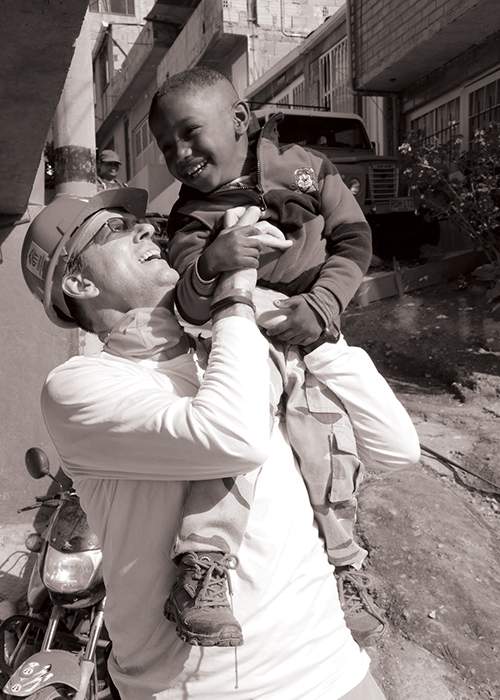
Habitat for Humanity Colombia / Carlos Realpe
In our FY2015 annual report, you will learn about many examples of transformation that have taken place as a result of Habitat’s work. The photo that accompanies this letter focuses on a little boy named Darwin whose house I worked on recently in Colombia. He has lived in a household of women all his life, and he delighted in the kind of acrobatics I always did with my children. My team expanded and upgraded the home that his grandmother Rosalbina shares with her two daughters and their three children. We worked hard mixing cement by hand, filling endless buckets and lifting large bricks onto walls at high altitude.
As one of our team members said, “It’s expensive to be poor.” Families tend to pay more per square foot in rent and get less value for their scarce income. Because no banks will give them loans, they save up to buy a few bricks at a time.
Rosalbina’s improved home certainly won’t solve all the family’s problems, but they will now have a safe, secure place to grow, be healthy and thrive.
That is Habitat’s goal. We alone can’t solve all the world’s housing problems, and the families and communities with whom we partner will still have challenges to address. But we can provide hope, and we can create opportunities so that people feel like they have a chance for their lives to be better and their communities to be stronger.
We can’t do it without faithful supporters like you, and we are grateful for your time, your prayers, your efforts and your donations.
Together we are Habitat. Together we build.
Jonathan Reckford
CEO, Habitat for Humanity International
Yondella Hall loves her community of Cully, a diverse neighborhood in Portland, Oregon, where the residents look out for one another. But as her old house deteriorated, she worried about whether she would be able to stay.
“At first I could see bubbling in the living room ceiling and wall,” Hall said. “And then water started leaking through. I came home every day worried that my roof might collapse.”
Hall heard about Habitat for Humanity Portland/Metro East’s Neighborhood Revitalization work in Cully, which includes helping homeowners with critical home repairs and preservation. She soon learned that the leak in her living room was much more complicated than she had thought.
“I live in an older home, but I had no idea what this leak really entailed until Habitat came out,” she said. “It wasn’t just the roof; it was the gutters and structural problems with the back porch. Habitat educated me not only on the repairs, but on the health issues, too. I didn’t know how leaking and standing water could affect my health.”
Through an affordable Habitat loan, Hall was able to buy a new roof and gutter system. Habitat also connected her with Verde, an organization focused on building environmental wealth in communities, which helped her install a rain garden in her backyard, directing runoff from her roof to sustain a beautiful, functional native plant garden.
“I used to get nervous when the rain came because I knew it would mean leaking and flooding,” Hall said. “Now I get excited because I get to watch my rain garden grow.”
She expressed her gratitude as she looked forward to many more years in her home and in the Cully neighborhood.
“I love feeling connected to my community. Habitat not only helped me repair my home, but it made me feel like a bigger part of the community.”
At Habitat, we build communities, and we also help strengthen existing communities like Cully through partnerships that help maintain pride and dignity for homeowners.
People deserve safe, affordable homes, but they also need a healthy community environment in which to thrive. Research shows that when residents of a neighborhood feel they belong to a vibrant, connected community, they are more likely to forge bonds of social capital. Their collective action can reduce neighborhood crime, revitalize the housing stock, turn weedy vacant lots into playgrounds, or get speed bumps installed on streets where children play.
Habitat for Humanity spurs some of these changes through our neighborhood revitalization work, with participating affiliates partnering with specific communities and frequently combining the construction of new Habitat homes with repairs on existing homes. Habitat’s neighborhood revitalization is a holistic community development effort that leads to an enhanced quality of life for an entire neighborhood and everyone who lives there.
Surveys have shown that residents appreciate that their lives are better for having had Habitat partner with their communities. Habitat for Humanity Fresno County (California) has been partnering with the residents of the West Fresno neighborhood since 2010. According to a 2015 survey, residents said they attended more community meetings, felt safer walking in the neighborhood after dark and were more satisfied in general living in the neighborhood.
In Jacksonville, Florida, members of the New Town community, the focus community of Habitat for Humanity of Jacksonville, reported increased interactions with their neighbors and said they were more likely to recommend the neighborhood to others.
Kabwe Chongo, 9, is the grandson of Habitat homeowner Bupe Mpanda. Bupe has lived in her home since January 2013 and takes care of five grandchildren. The house was built as part of Habitat Zambia’s orphans and vulnerable children program, launched in 2005 in response to the HIV/AIDS epidemic that has created an overwhelming number of orphans. The program is supported by Irish Aid through Habitat for Humanity Ireland, and is being implemented in Ndola in the Copperbelt Province and in urban slums around Lusaka.



